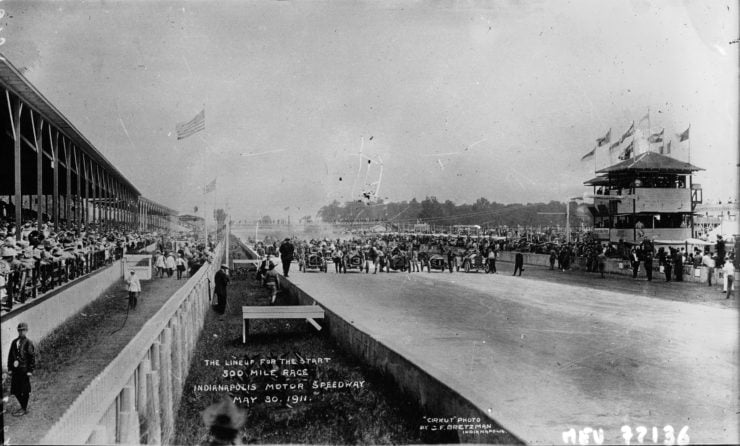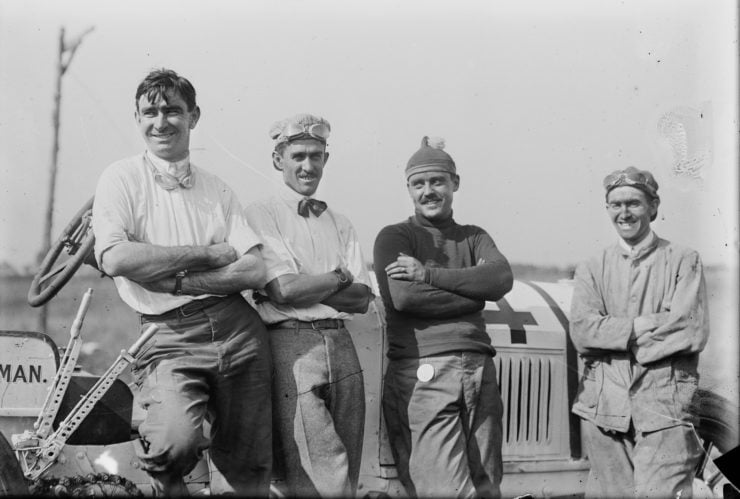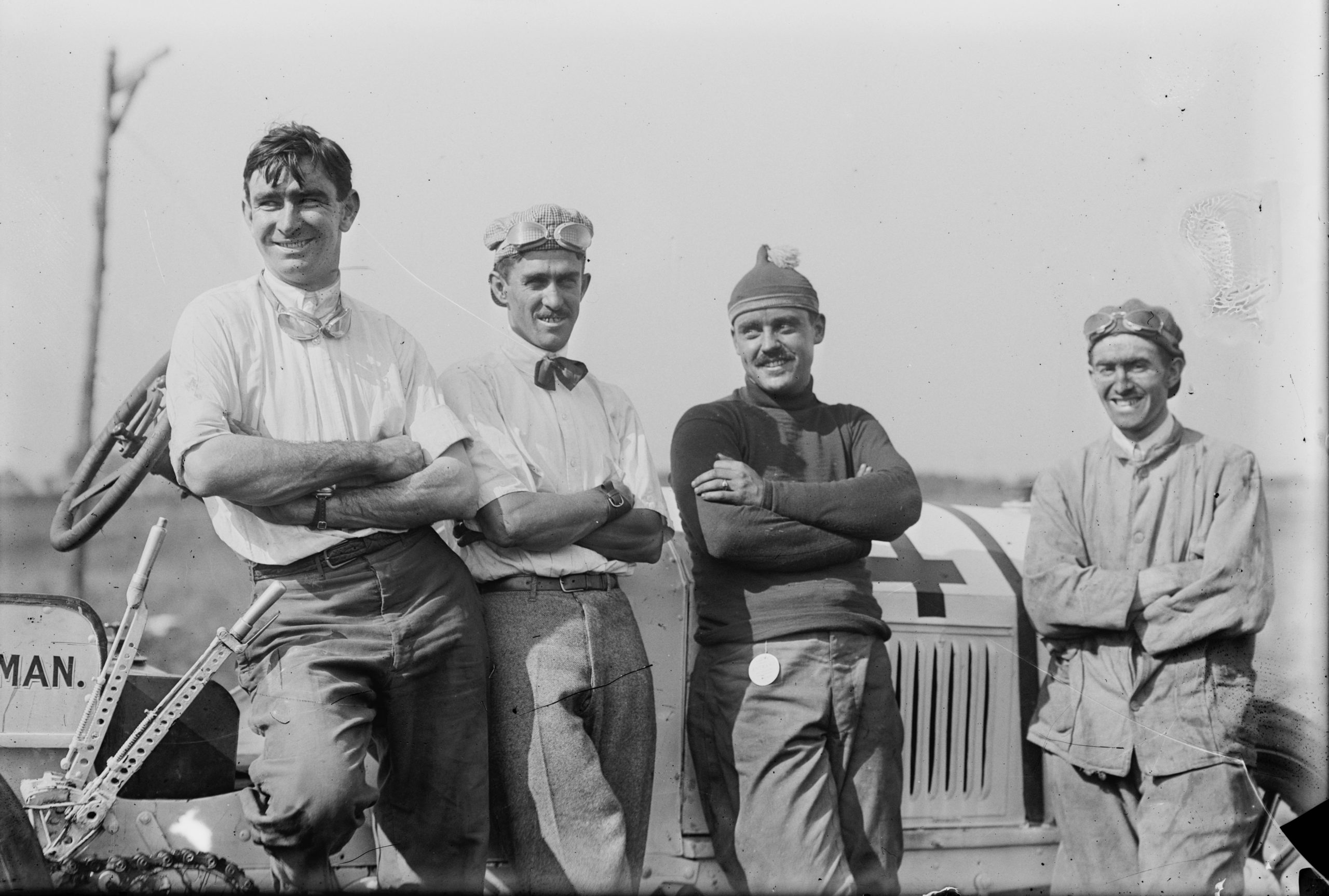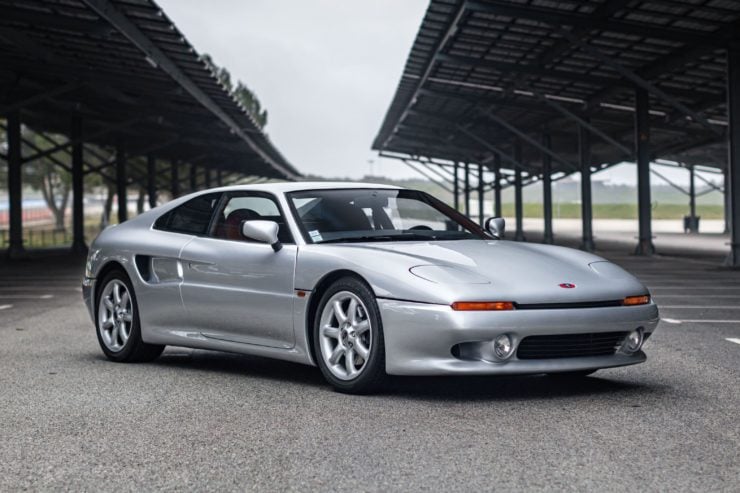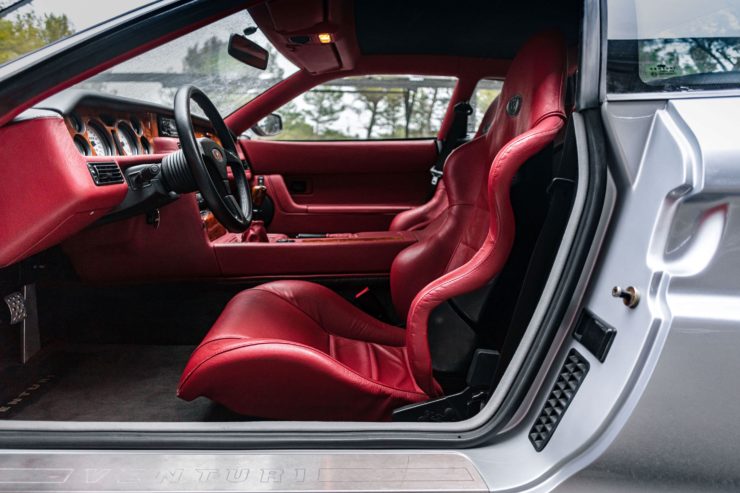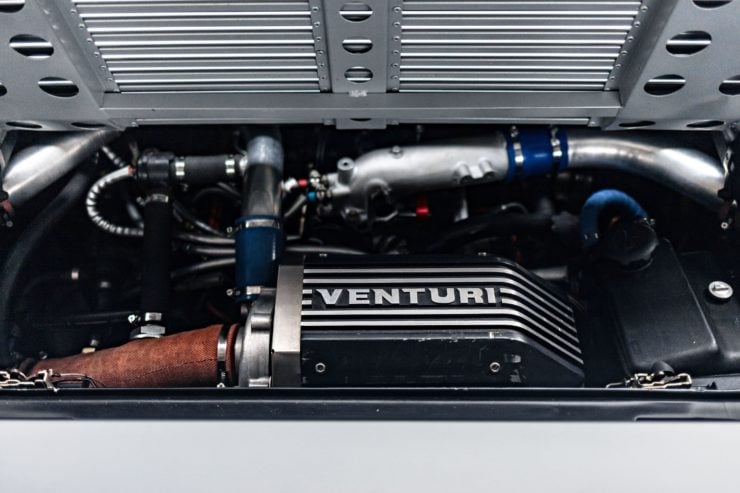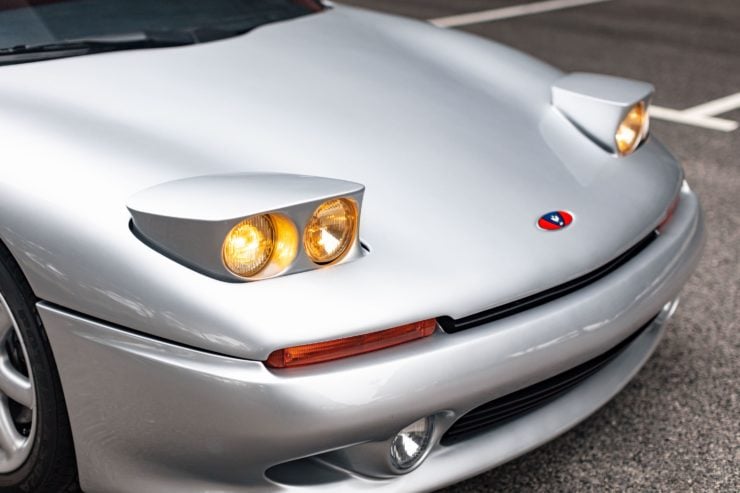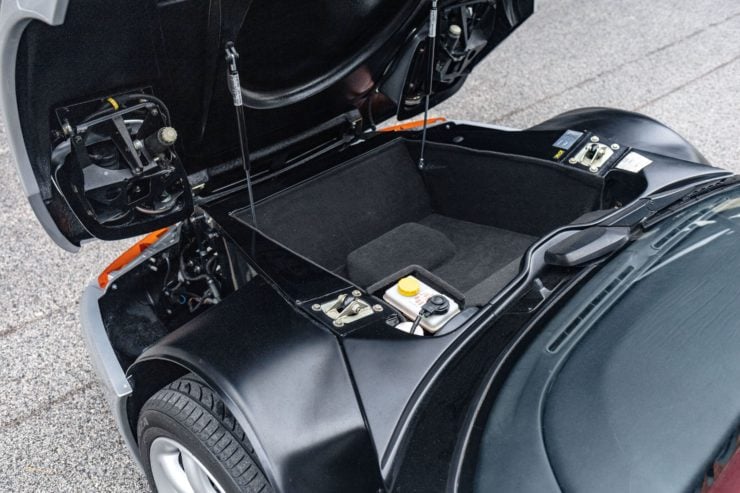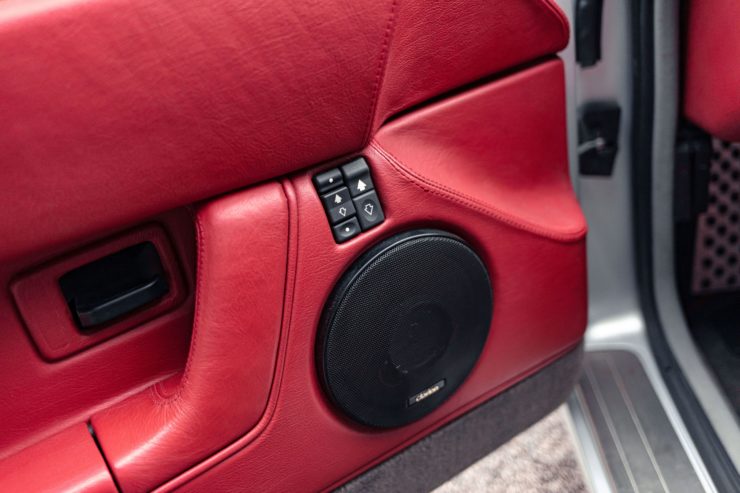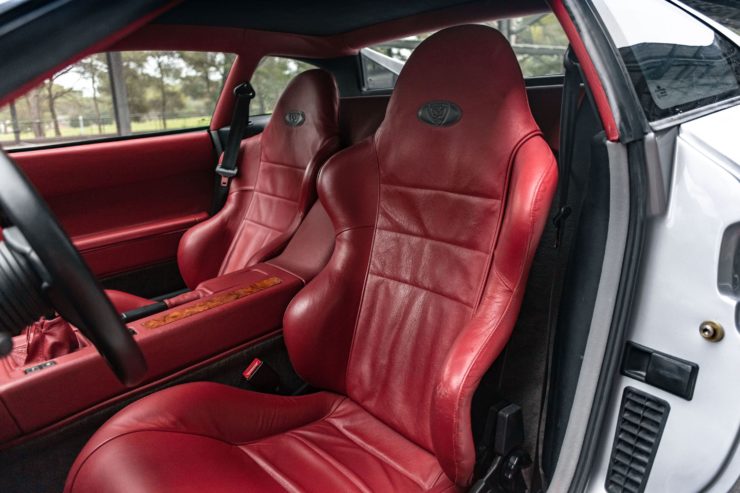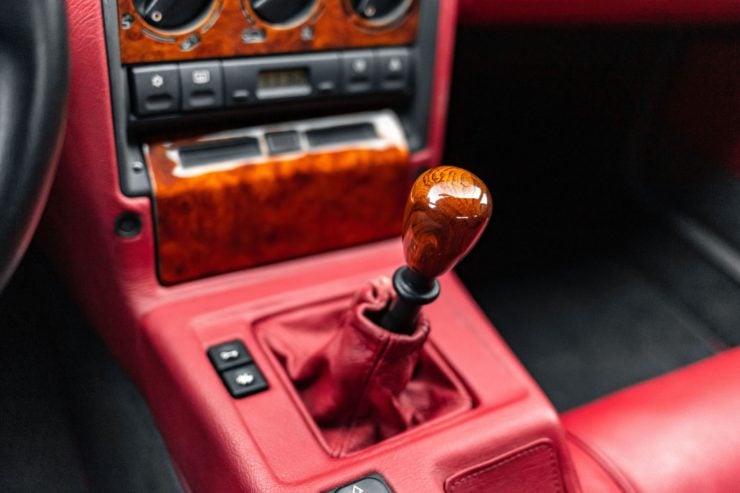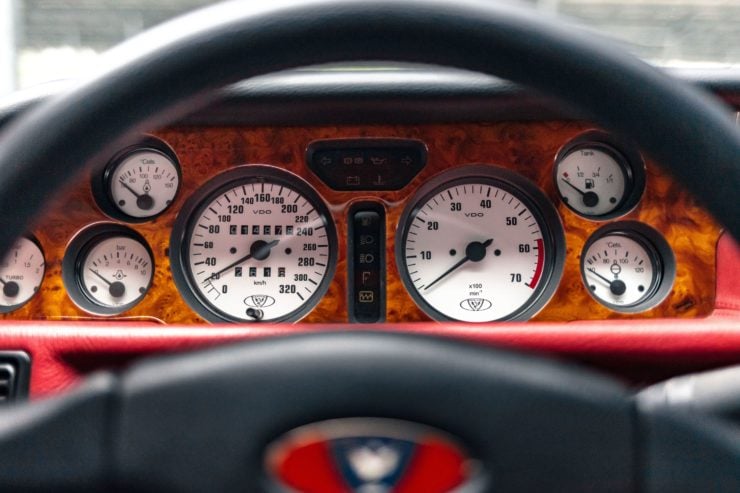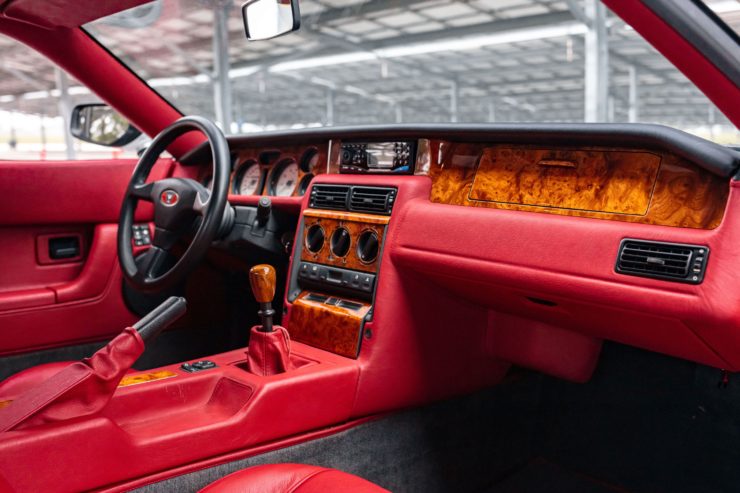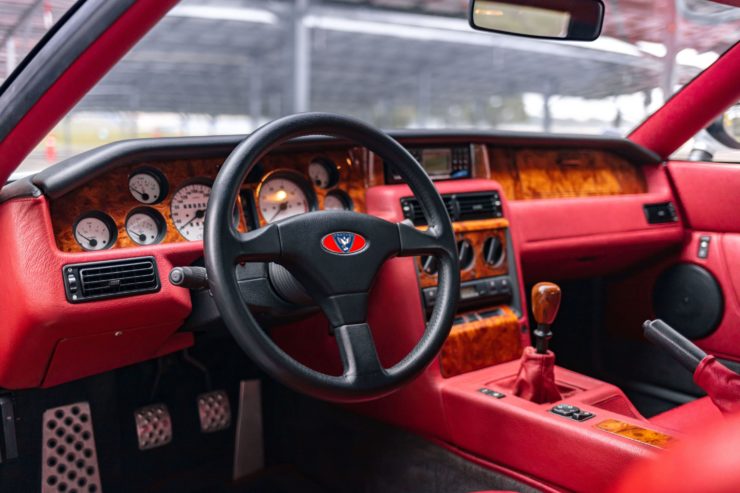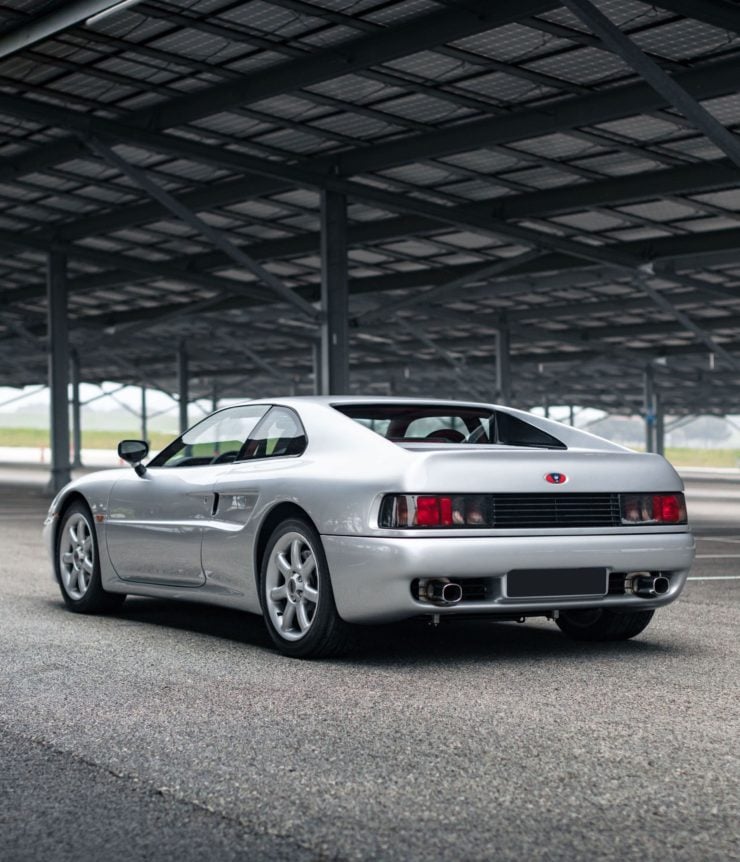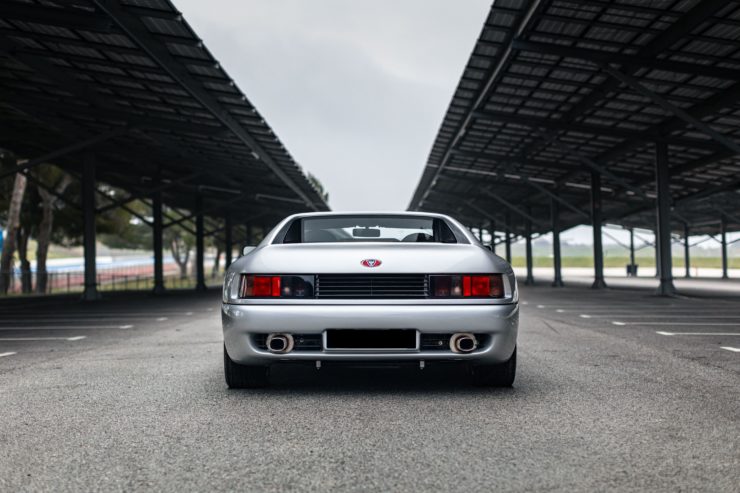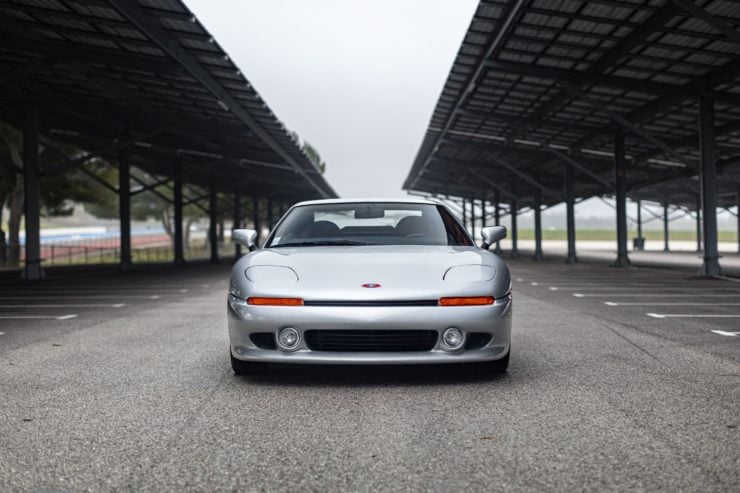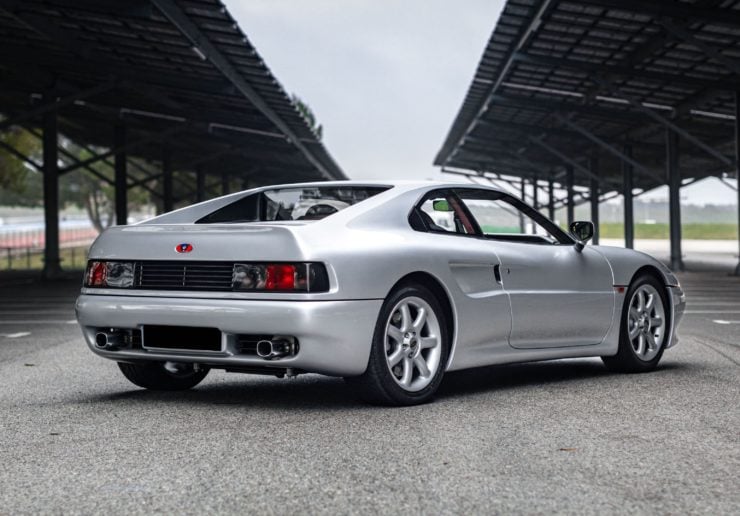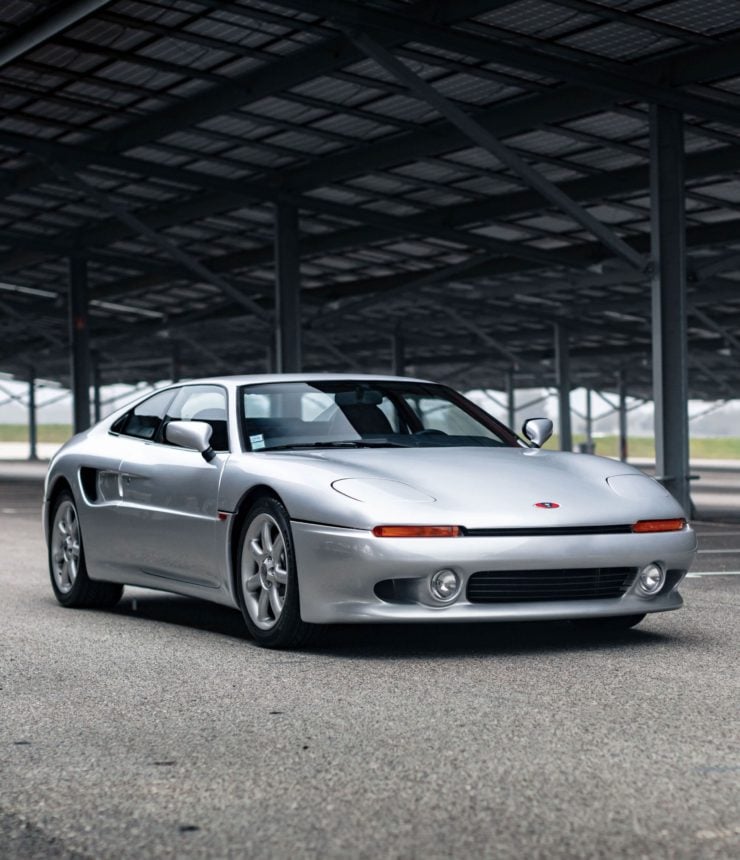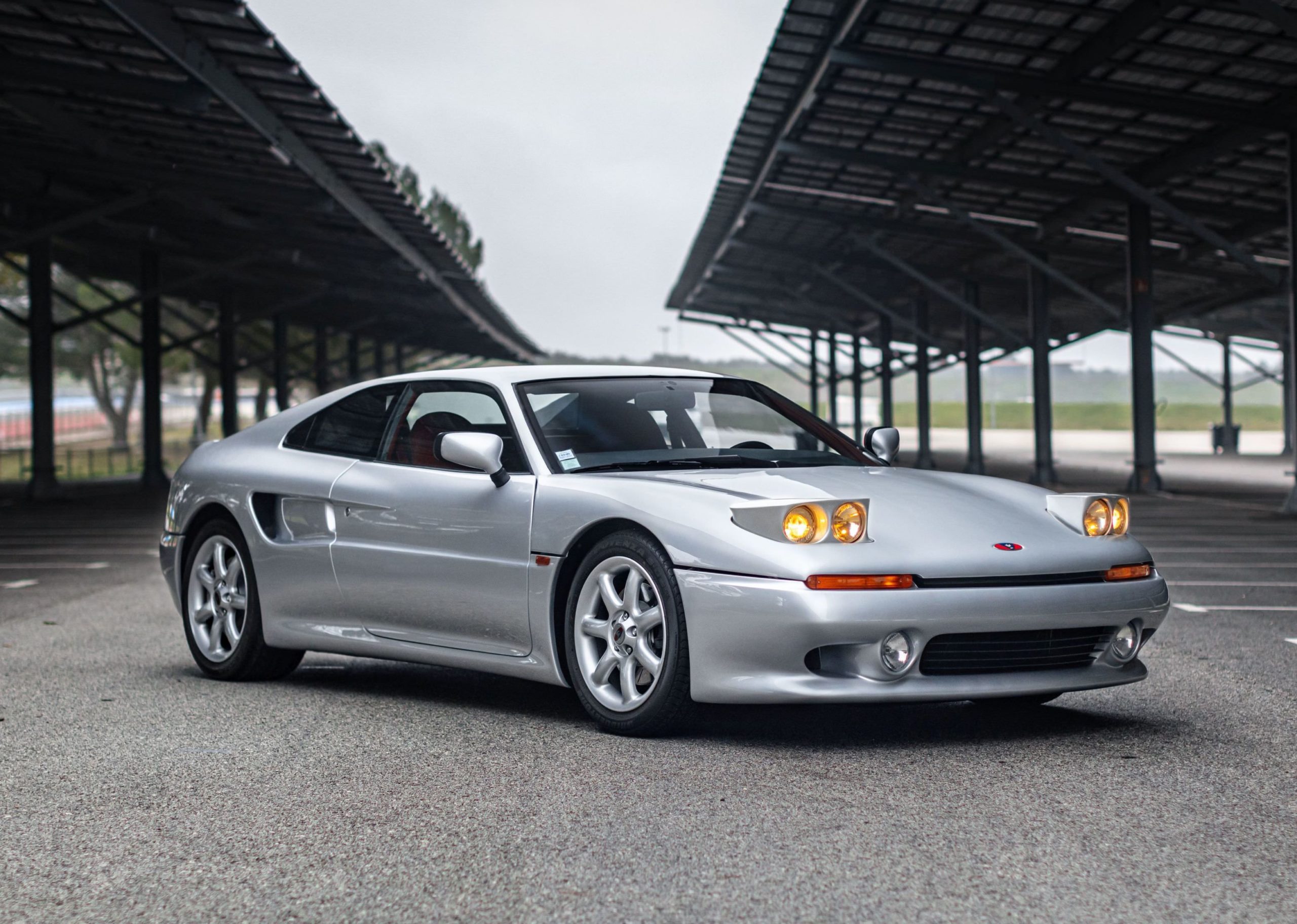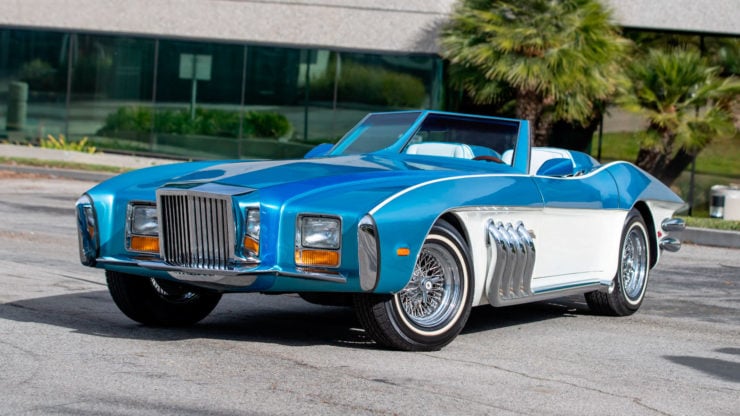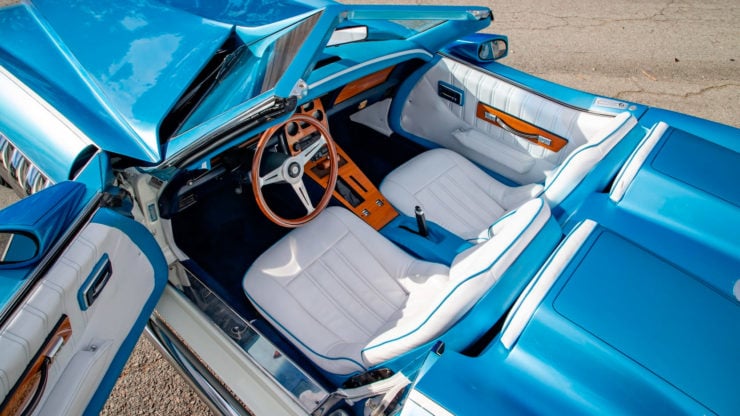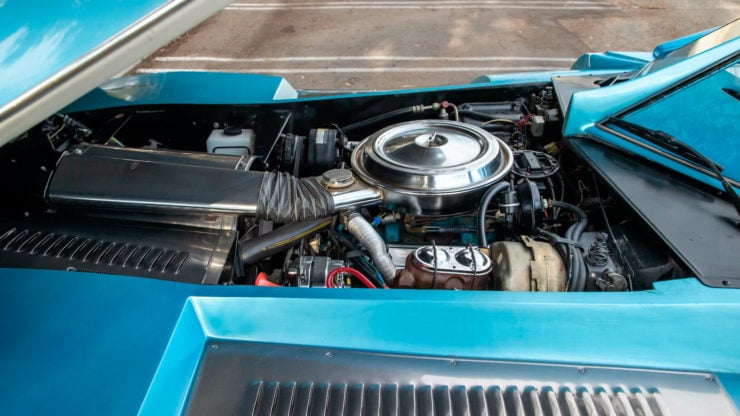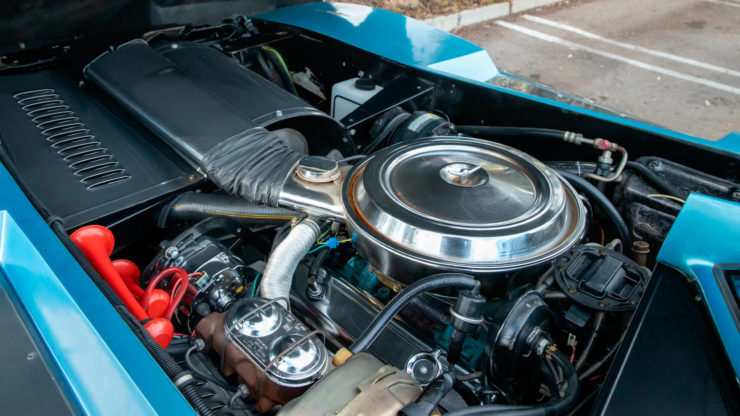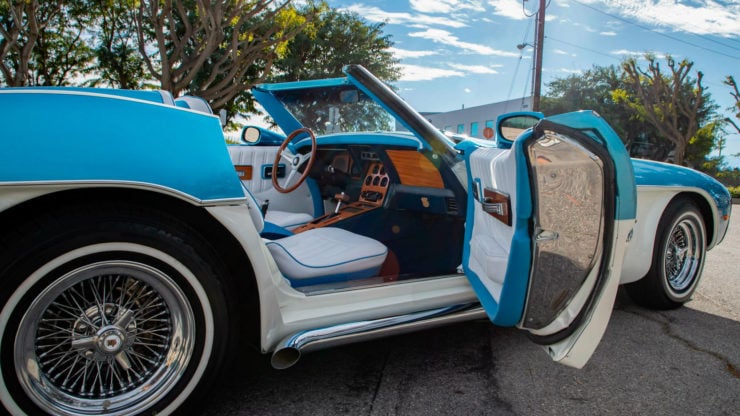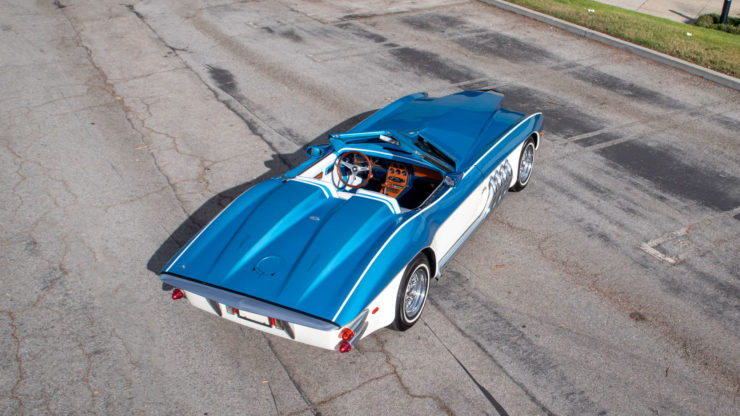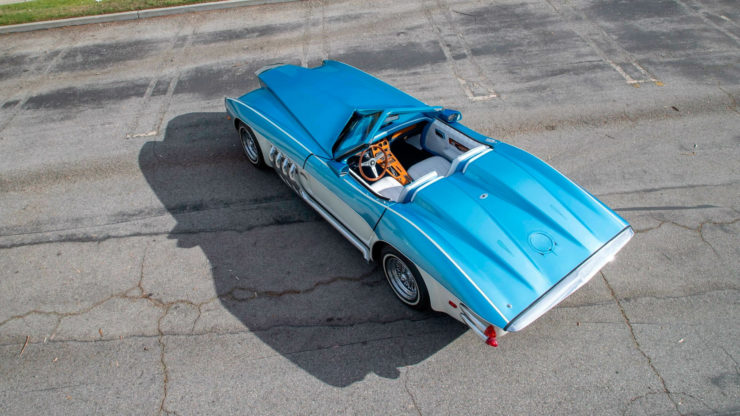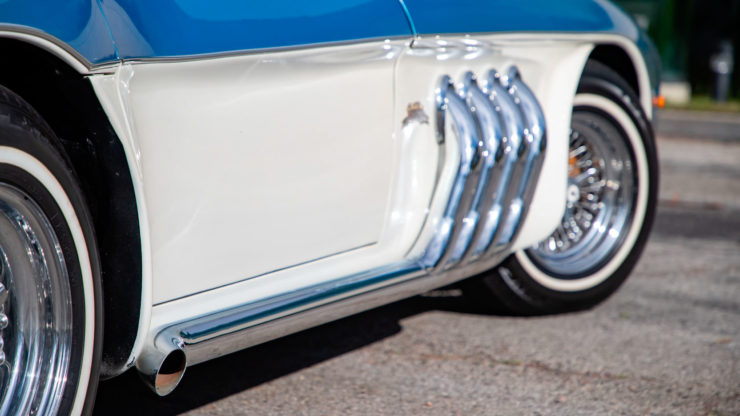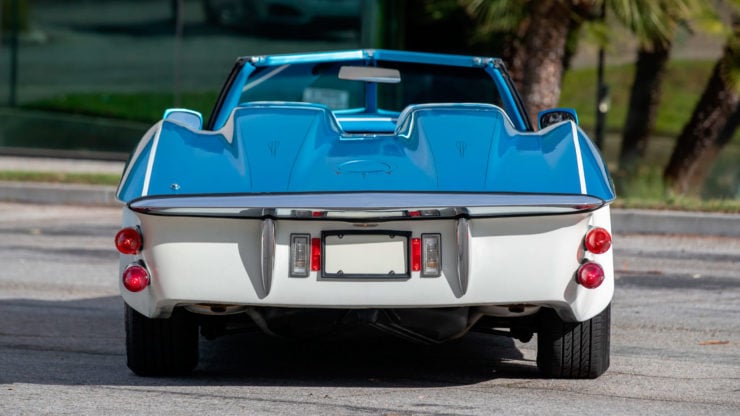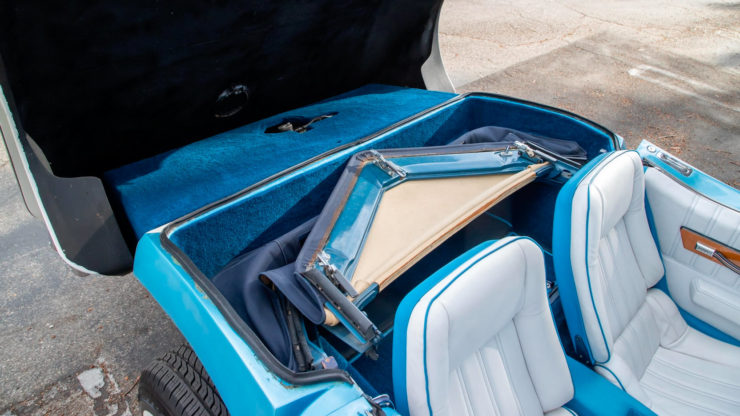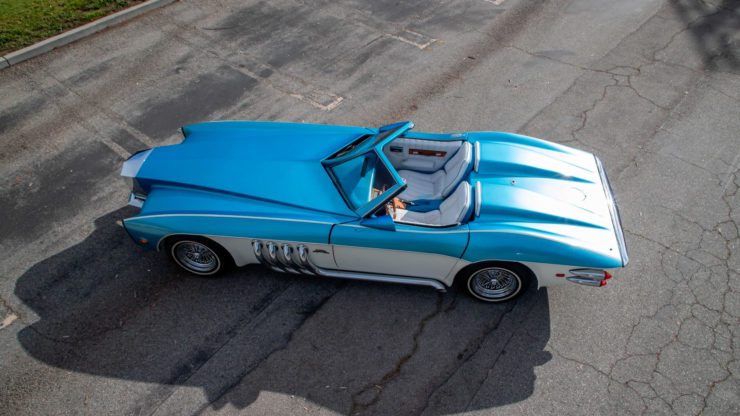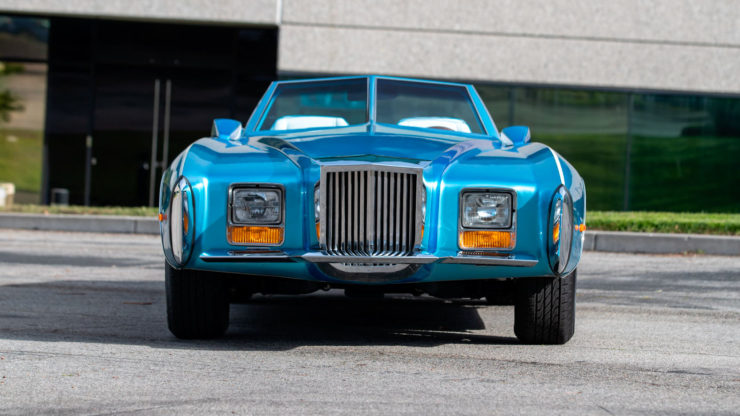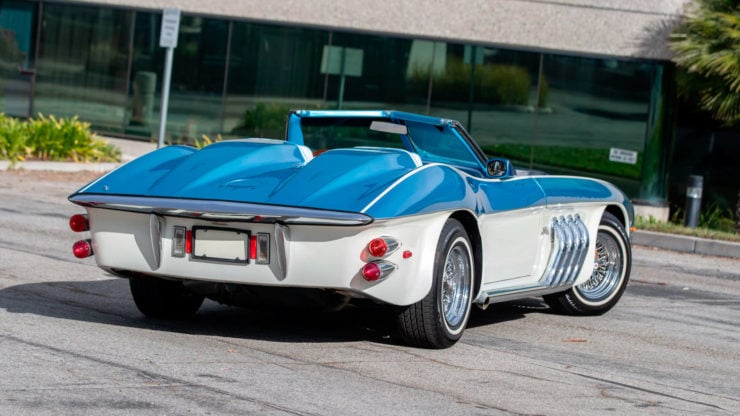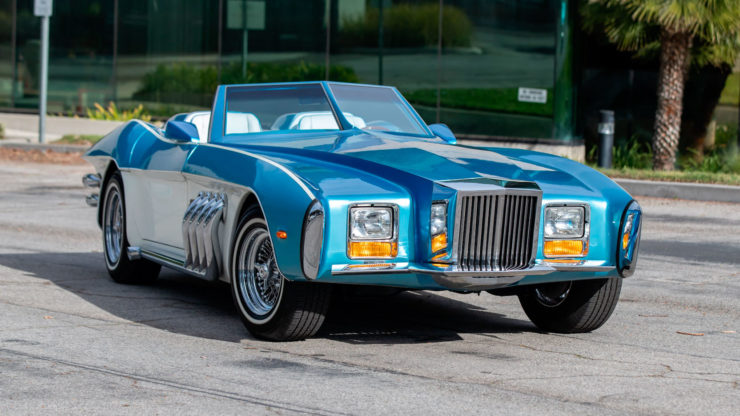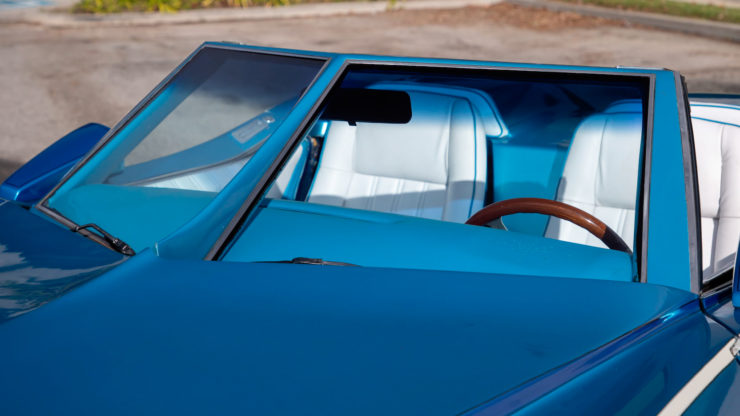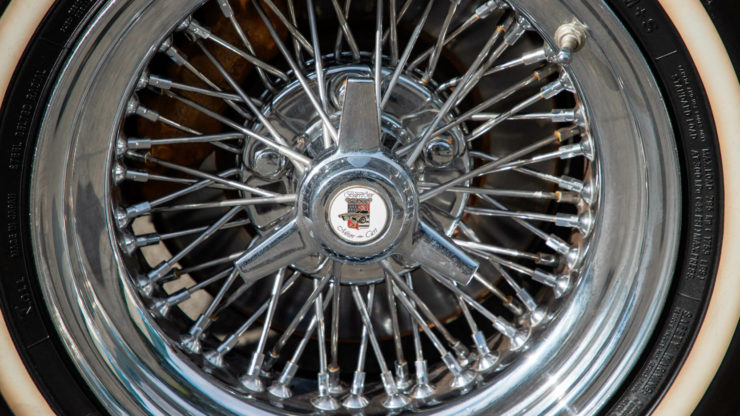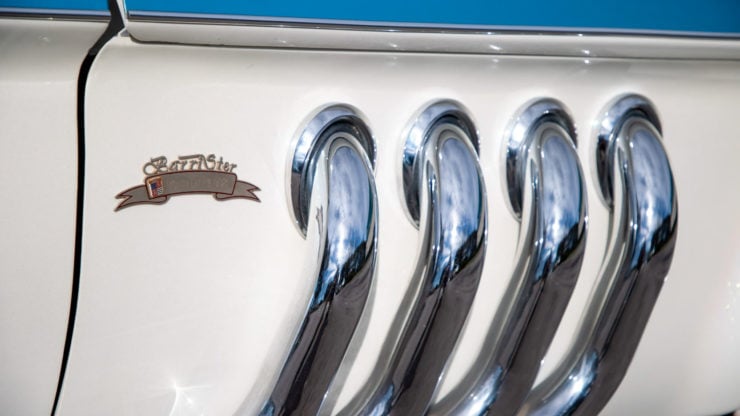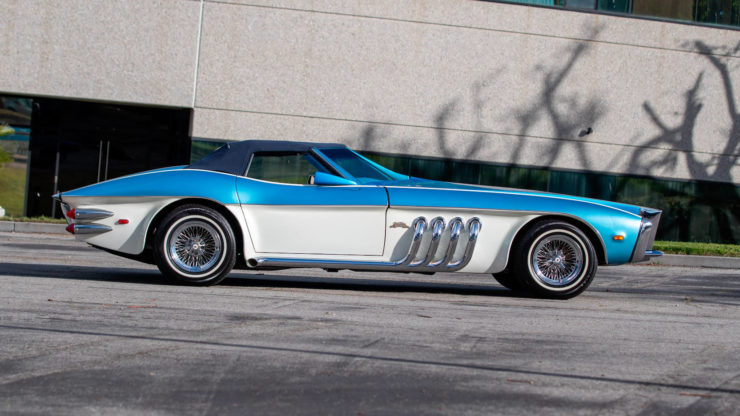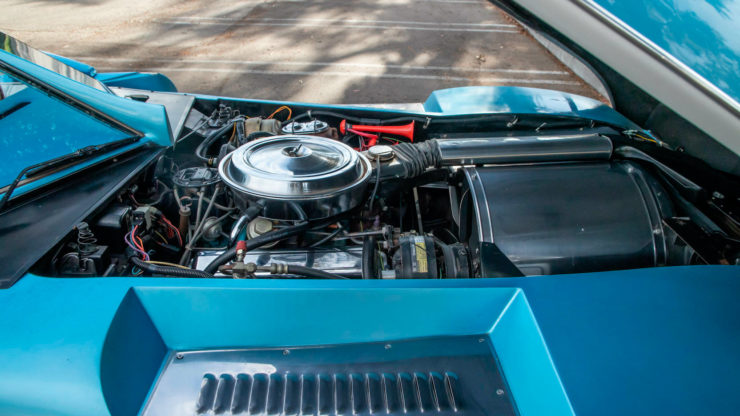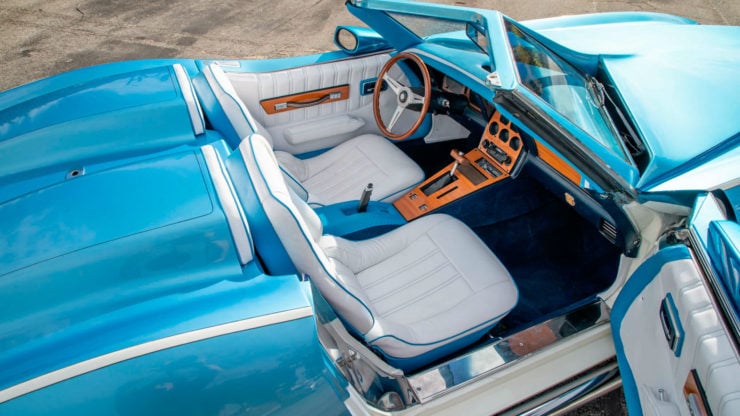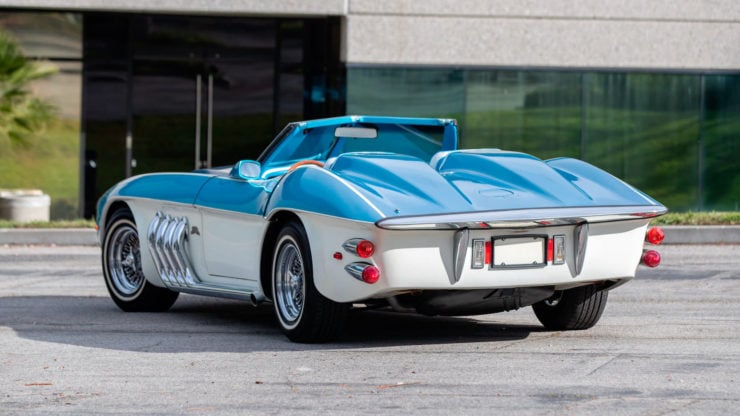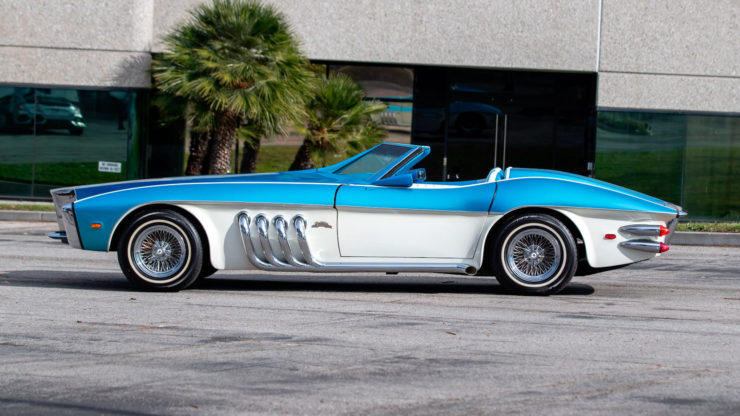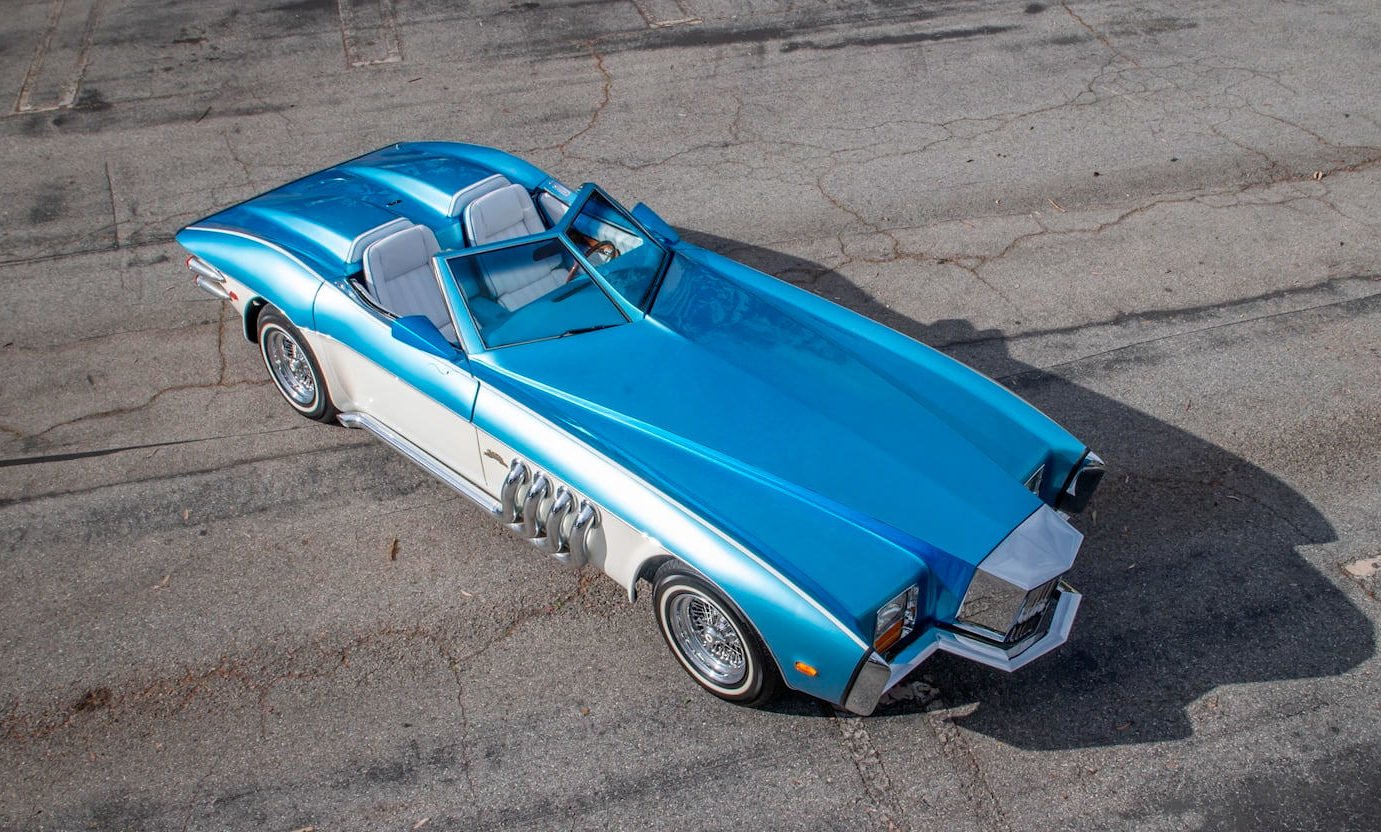The Stutz Bearcat was introduced in 1912 as the road-going version of the Stutz Indianapolis 500 racing car. Bearcats would win 25 of the 30 races in which they were entered in 1912, and Erwin “Cannon Ball” Baker would famously set a new coast-to-coast record in one.
Some have called the Bearcat “America’s first supercar” and others have called it “America’s first sports car,” though as is always the case, there is much contention around these claims – particularly from fans of the Mercer Raceabout.
Fast Facts – The Stutz Bearcat
- In 1911 Harry Stutz would build an Indianapolis 500 race car in just five weeks, he called it the “Bear Cat” and it was entered into the 1911 running of the endurance race, placing 11th after averaging 62 3/8 miles per hour for 500 miles.
- Managing not only to finish the race but to finish 11th from a field of 40 cars was a remarkable achievement. The Stutz was hailed as “The car that made good in a day” and it would become one of the most successful racers of its time.
- In 1912 the company would release a road-going version of the Indy car, offering high-speed performance to those who could afford it. The car’s main competitor would be the Mercer Raceabout whose owners would say “You must be nuts to drive a Stutz.” Stutz owners would then reply “Nothing’s worser than driving a Mercer.”
- The Stutz Bearcat was an innovative car for the time, powered by an 6.4 liter 60 hp engine with four valves per cylinder. Power was sent to the rear wheels via a transaxle gearbox, and the car rides low on an underslung chassis with leaf spring suspension front and back.
The Car That Made Good In A Day
In 1911 a man named Harry Stutz spent a feverish five weeks building a new car, the project was rushed as the vehicle needed to be ready to compete in the Indianapolis 500 motor race against a field of 40 of the fastest cars in the country.
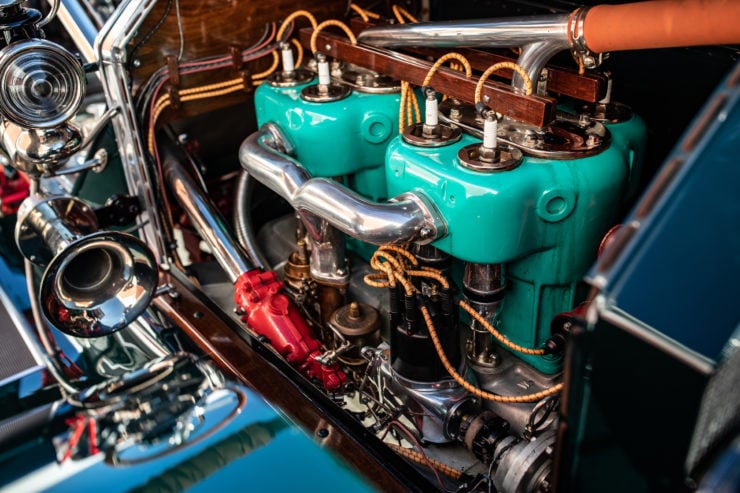
The early Stutz Bearcats were powered by the engine you see here, a 390 cubic inch (6.4 liter) Wisconsin T-head four-cylinder engine with four-valves per cylinder and an updraft Stromberg carburetor producing 60 bhp.
The 1911 Indianapolis 500 was the first ever running of the event, no one knew how popular it would become but the eyes of the nation were on the drivers and machines competing in what was one of the most challenging endurance races of its time.
By the time the checkered flag fell Norwegian driver Gil Andersen had singlehandedly driven the Bear Cat for 7 hours 22 minutes and 55 seconds, completing 13 pitstops, averaging 62 3/8 miles per hour. Perhaps most importantly, he finished one place ahead of Hughie Hughes in his Mercer.
The Stutz Bearcat
Company advertising materials celebrated the surprising success of the Bear Cat, calling it “The car that made good in a day.” Stutz immediately set to work capitalizing on this success, he developed a road-going version of the Bear Cat and changed the name slightly to “Bearcat” – all one word.
When the new car was released in 1912 the company announced: “We are now building duplicates of this ‘car that made good in a day’ with absolutely the same material, workmanship, and design.”
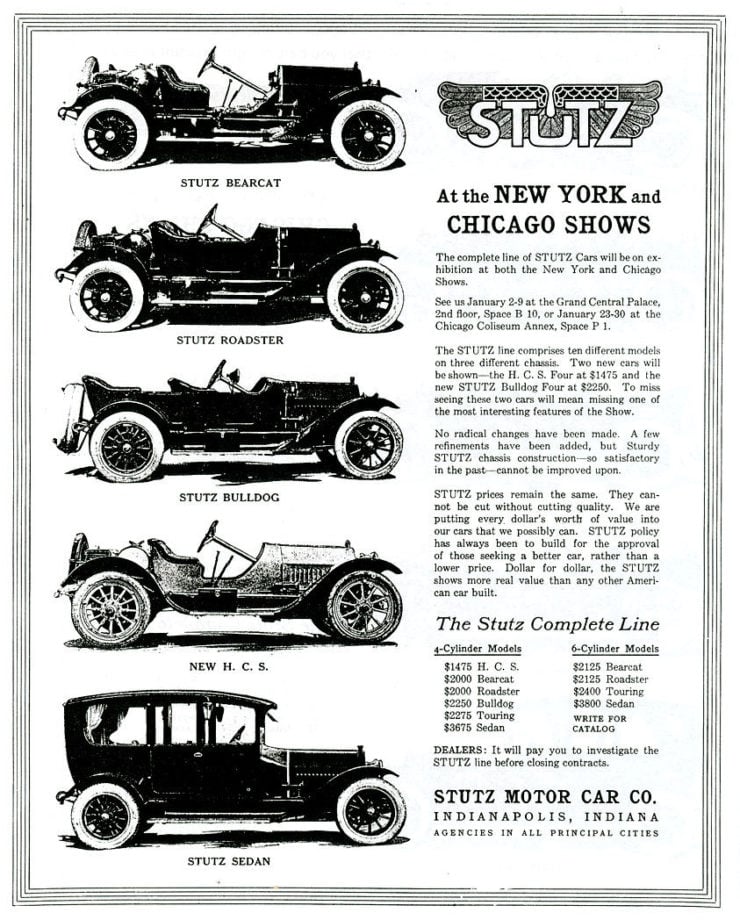
Early ads for the Bearcat, like this example from 1914, typically showed the car as the top of the line model.
Many wealthy Americans wasted no time placing their orders for this new high-performance machine that was capable of the almost unimaginably high (for the era) top speed of 80 mph.
The first examples of the Stutz Bearcat were powered by the 390 cubic inch (6.4 liter) Wisconsin T-head four-cylinder engine with four-valves per cylinder and an updraft Stromberg carburetor. The 60 hp produced by this engine was sent to the rear wheels via a three-speed manual transaxle of Harry Stutz’s own design.
With its front and rear leaf spring suspension, low slung chassis design, and powerful engine, the Bearcat was one of the fastest vehicles on the road anywhere in the world, equivalent today to cars like the Bugatti Chiron, McLaren P1, or the Koenigsegg Agera RS.
An Enduring Influence
The Bearcat would stay in production from 1912 into the early 1920s, its enduring fame and reputation saw Stutz bring a new model using the name into production during the Great Depression years of the 1930s however it wasn’t enough, and the company folded.
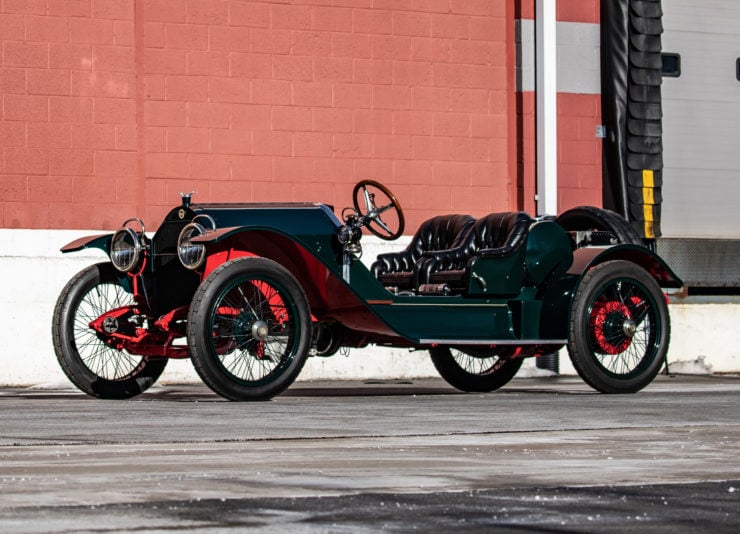
The low-slung chassis developed for the car by Harry Stutz allowed it to ride lower than many of its rivals, giving it a lower center of gravity and improved handling.
In the decades since a few attempts have been made to bring a new car to market called the Stutz Bearcat, replicas have been made including two by legendary car customizer George Barris for use in the 1971 TV Series “Bearcats!”
Interestingly the The Velvet Underground’s 1970 song “Sweet Jane” mentions a Stutz Bearcat in the second verse, an indication of the car’s enduring effect on American culture.
Riding that Stutz Bearcat Jim
You know, those were different times
All the poets they studied rules of verse
And those ladies, they rolled their eyes
– Sweet Jane by The Velvet Underground
One of the most famous feats in a Bearcat was the record breaking coast-to-coast drive completed by Erwin “Cannon Ball” Baker from Los Angeles to New York City in 11 days, 7 hours, and 15 minutes. An achievement made all the more remarkable when you remember that America had no highways or interstates in those days – it was mostly dirt tracks and the maps were far from accurate.
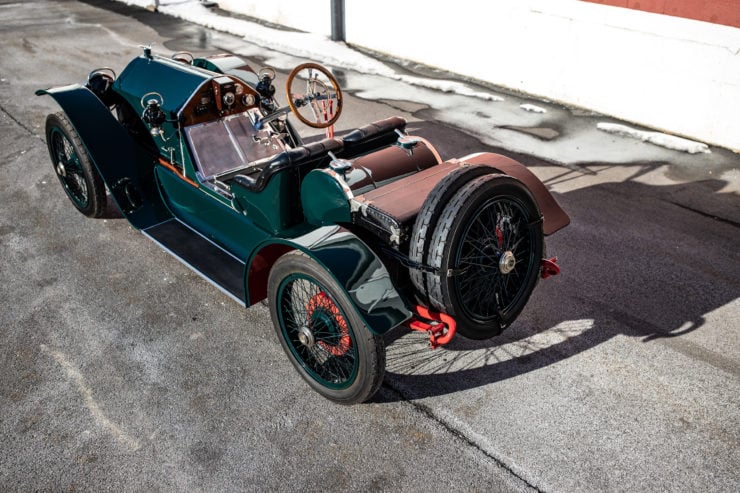
Very little bodywork was fitted to early Bearcats, they had a “doghouse” engine compartment, two seats, headlights, fenders, and a cylindrical fuel tank in the rear. A rear trunk and spare tires could be carried when needed.
The journey by “Cannon Ball” Baker inspired the later Cannonball Run movies, television show, books, and countless other Cannonball Runs across the country.
The 1913 Stutz Bearcat Shown Here
The car you see here is a 1913 Series B version of the Stutz Bearcat and it has a more interesting backstory than most, its remains were rediscovered on a ranch in the 1970s by a pair of aerial surveyors doing work in Montana.
After it was acquired a number of original parts were sourced and kept with the car, but the restoration didn’t begin in earnest until the early 2000s when the project was taken over by new custodians – a father and son team.
The two men did a remarkable job sourcing the additional parts that were needed from Harrah’s, the Los Angeles County Museum, and Paul Freehill. The restoration of the car was documented in the October-December 2009 issue of the Stutz News club publication.
The Bearcat is now part of a respected collection and it’s due to be auctioned by RM Sotheby’s on the 5th of March with a price guide of $350,000 – $450,000 USD. If you’d like to read more about it or register to bid you can click here to visit the listing.
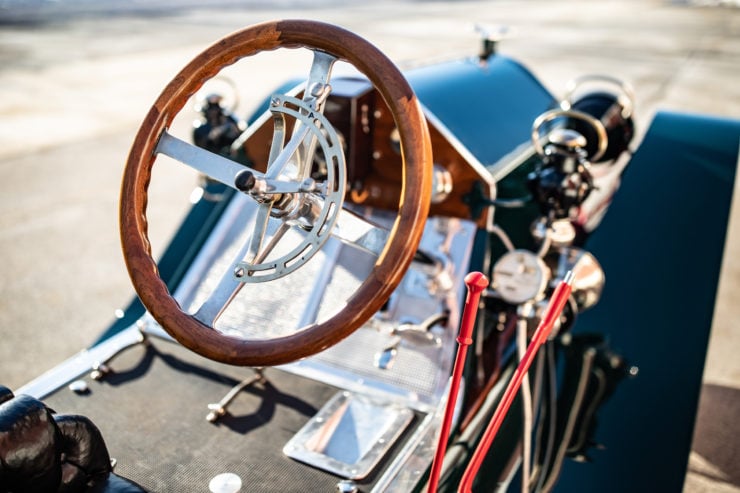
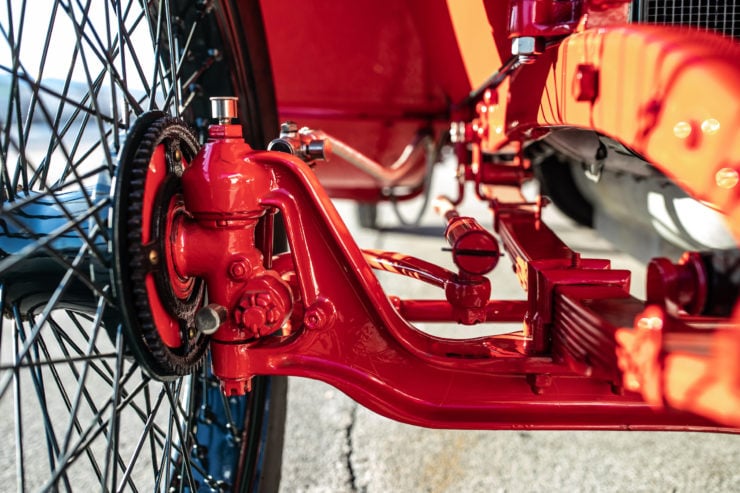
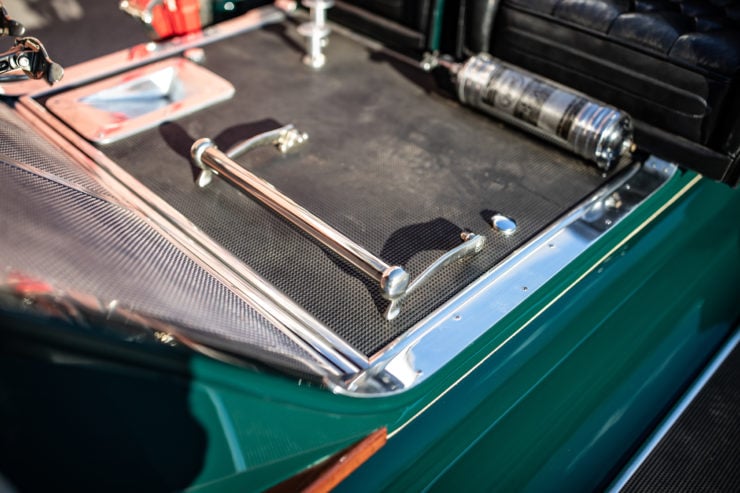
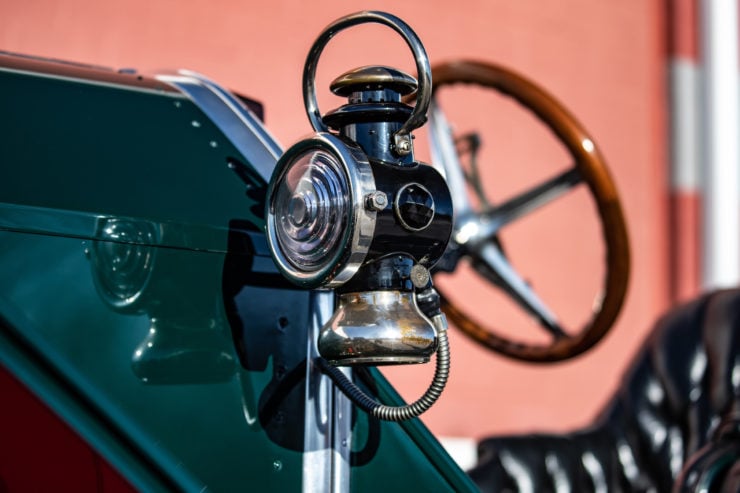
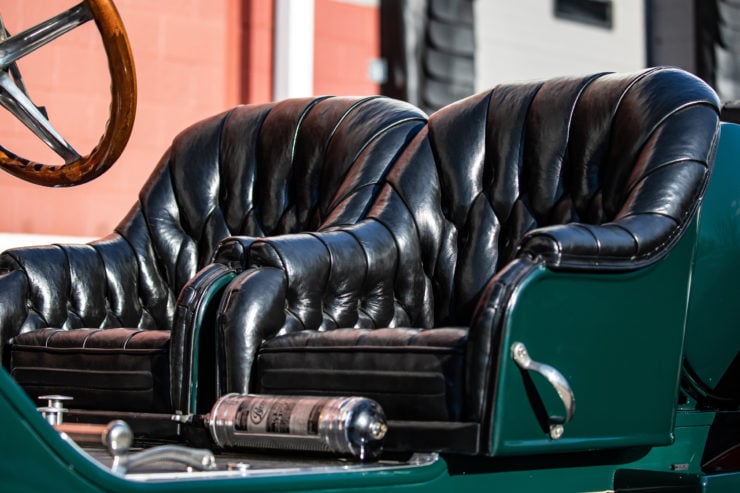
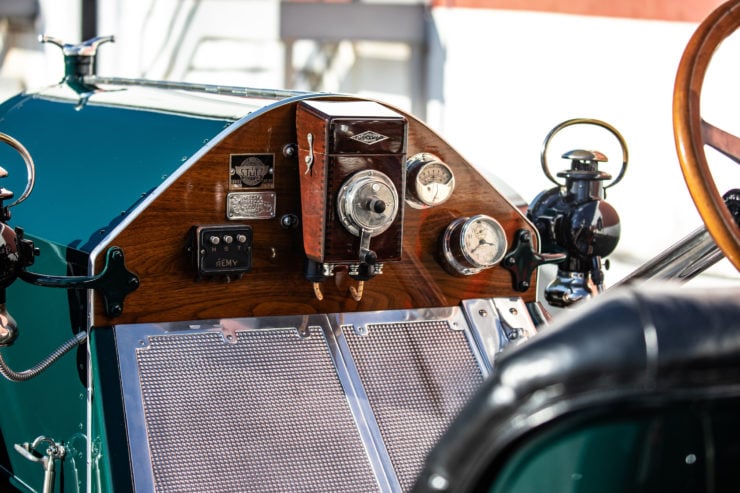
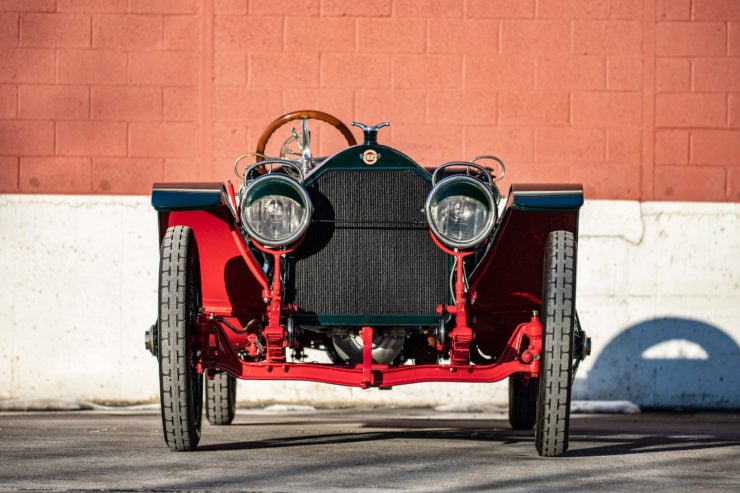
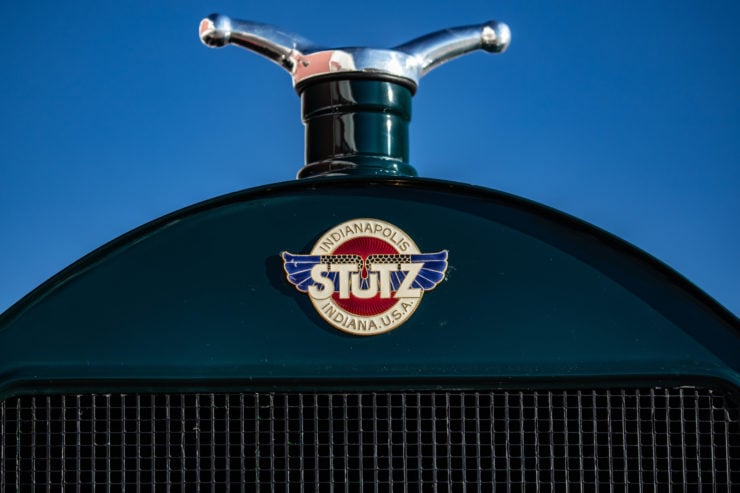
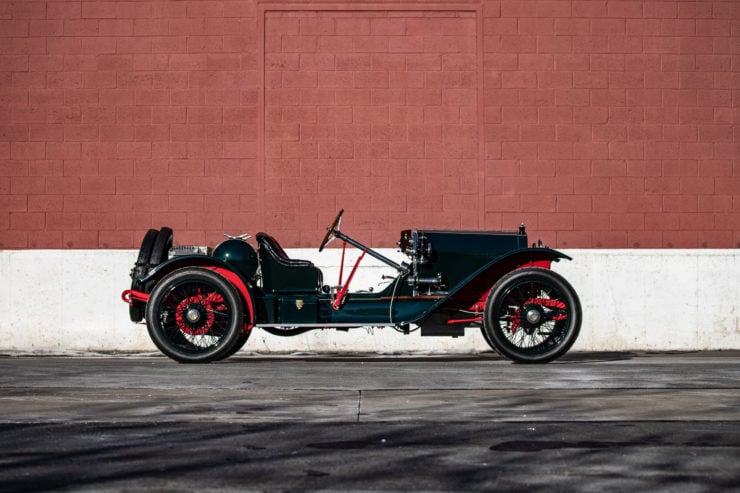
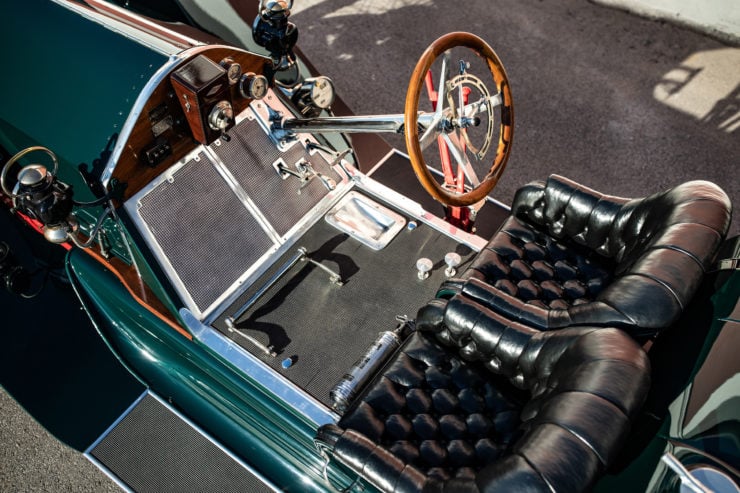
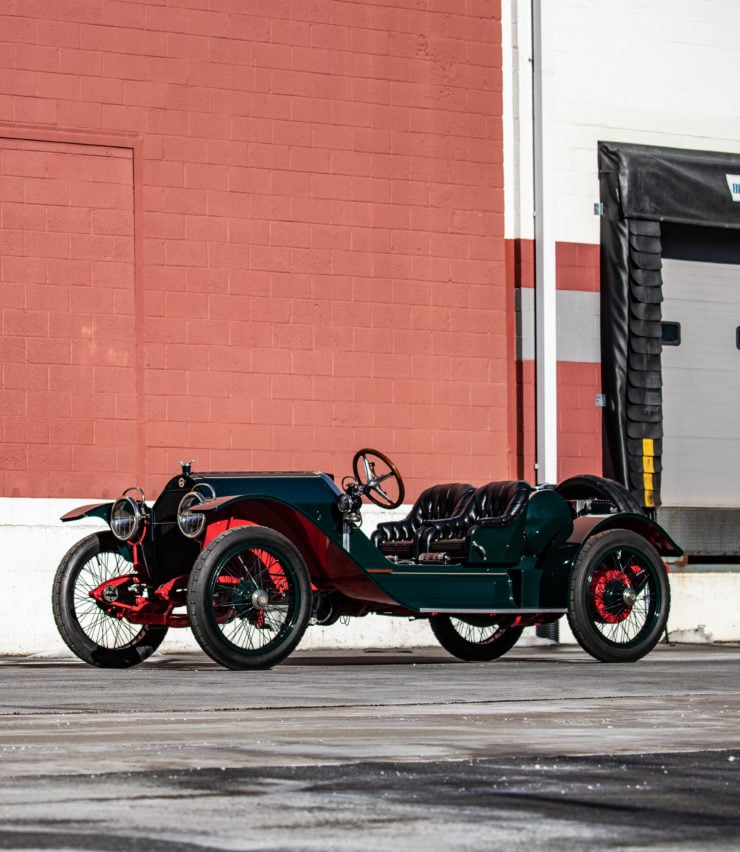
Images: Steven Klucik ©2022 Courtesy of RM Sotheby’s
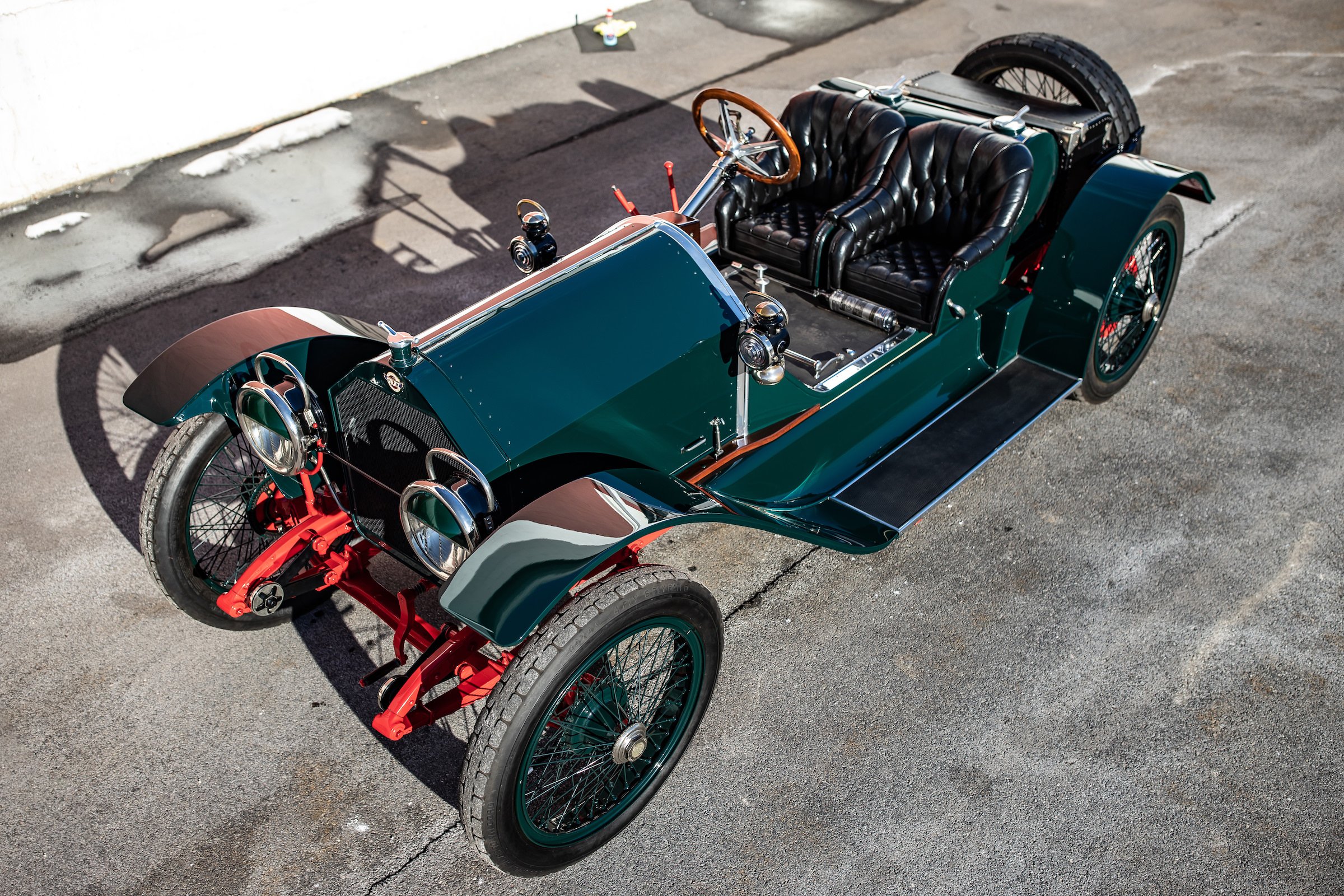
The post “America’s First Supercar” – The Stutz Bearcat appeared first on Silodrome.
from Silodrome https://silodrome.com/stutz-bearcat-car/
via gqrds
